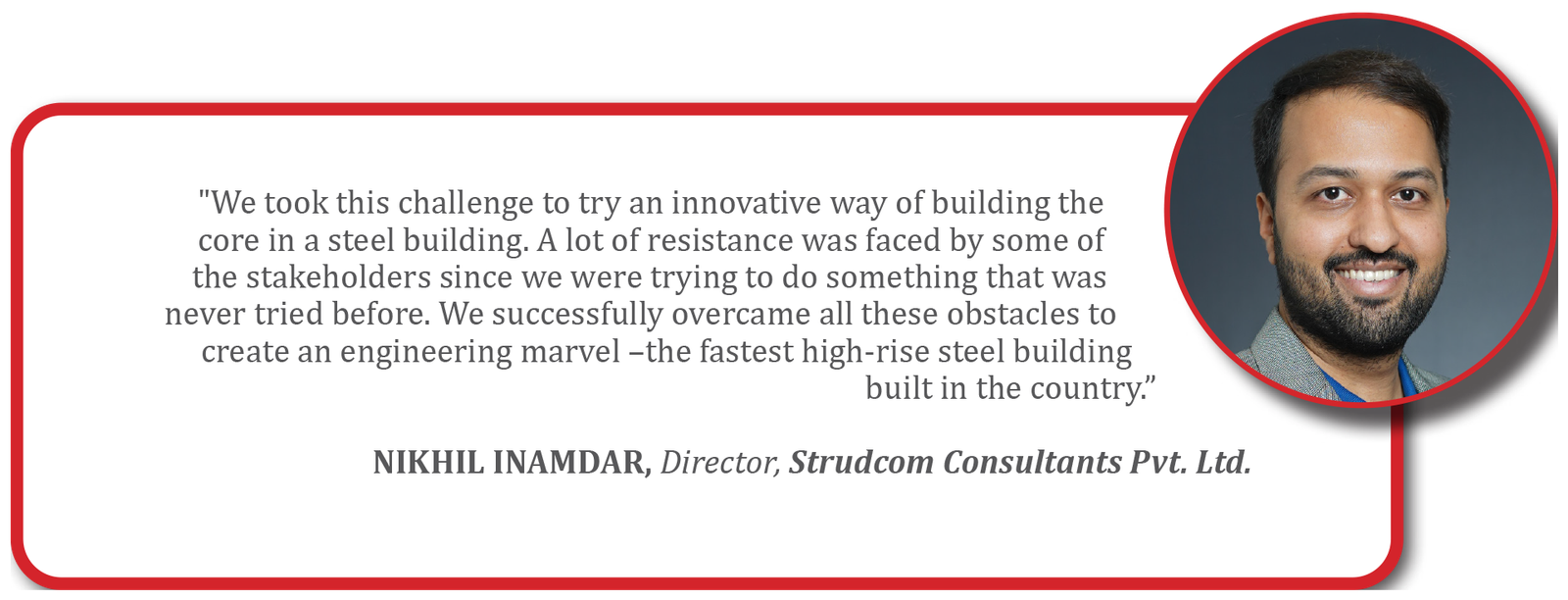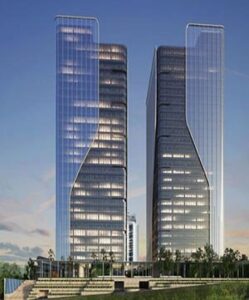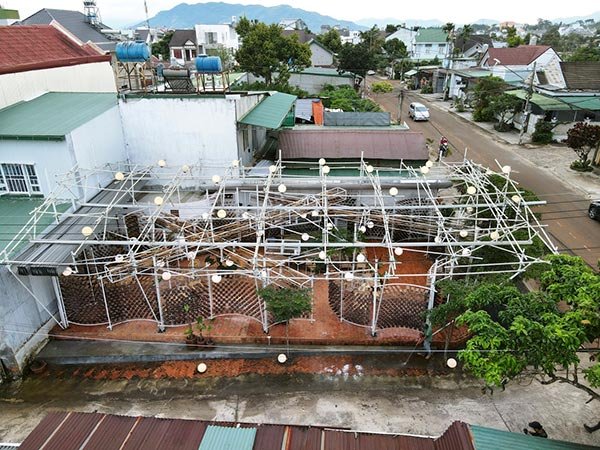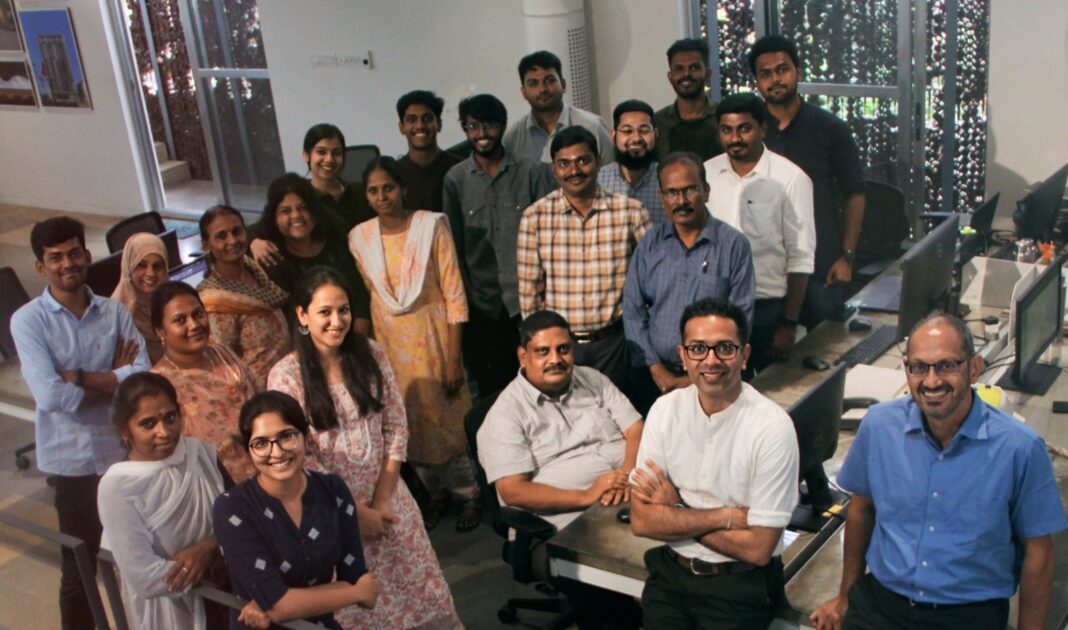High-rise buildings have always fascinated the minds of people since ancient times. The construction of such buildings began in the olden days for defensive purposes like a fort or religious purposes like churches and temples. In the modern era, the construction of high-rise structures began in the late 19th century for the purpose of either residential or administrative, and then it extended to meet the requirements of hotels and other touristic needs as well.

Generally, a high-rise structure is considered to be one that extends higher than the maximum reach of available fire-fighting equipment. In absolute numbers, this has been set variously between 23 meters and 30 meters. The International Building Code (IBC 2006) and the Building Construction and Safety Code, define high-rise buildings as buildings 75 feet or above in height measured from the lowest level of fire department vehicle access (IBC, 2006). This height parameter has changed in the latter publication of IBC. In terms of height, buildings between 23 meters and 150 meters are considered high-rise, ones above 150 meters are termed skyscrapers while buildings taller than 300 meters are called super-tall buildings and 600 meters or higher are called mega-tall buildings.

Client Brief
The Phoenix Group is well known for its innovative and futuristic ways of building landmark projects in Hyderabad. The client’s requirement was outlined in very precise words to build fast using structural steel with a minimum dependency on civil work.
The overall structural systems for these high-rise towers are developed to achieve this requirement with structural steel as a primary building material.
Project Brief
The development where the Business Hub Tower stand is a 13 acres campus in Hyderabad, Telangana. The Project Consists of five 150 meters of high-rise commercial towers with 4 B+G+29 floors each. The project has been designed to have vehicular traffic limited to the basement and keep the entire podium vehicle-free zone. The podium level slab is designed for later landscape loads and mandatory fire tender vehicle access. The tower’s ground floor is integrated with the podium landscape and has a floor height of 10 meters, thus, giving a one-of-a-kind arrival experience.
A typical high-rise structural steel building can be broadly divided into two aspects, namely, the core and the floors. In order to remove dependency on civil vendors, the core of the structures has been also designed using structural steel plates, so that the project schedule is driven by steel vendors alone.
Structural Details
The tower consists of 4 basements + ground + 29 upper floors with a total of 34 slabs and the ground floor has a double-height area lobby.
This is one of the tallest structural steel office buildings built in India. The structure comprises steel shear walls with steel column and beam moment frames and deck slab. The steel core walls are made up of two steel plates tied together with tie rods and then filled with concrete. The primary frame comprises CFT columns and steel beams with moment connections and the secondary beams are designed as simply supported members with composite action from the deck slab.
Integration and detailing of the structural steel core walls were one of the complexities we dealt with for this project. We designed the structure in such a way that the requirement of shuttering activity becomes redundant once the foundations are cast. This has greatly enabled us to achieve a faster slab cycle. The 150 meters tall tower was erected in a record time of 5 months after the casting of the foundations.
The principal use of the building is an IT park building, so designated server areas have been provided for data racks on all levels of the building. The arch levels have been divided into an upper zone and a lower zone with lifts provided as per requirement. The ground floor has been beautified with unique landscapes and water features at the entrance lobby areas which are also supported by structural steel.
Structural Uniqueness
The concept of ‘Structural Steel Core’ has been implemented for the first time in India and probably for the first time in the world for a high-rise tower of 150 meters tall building.
The highlight of the structural uniqueness of the project is the dual plate system composite structural steel shear walls which were used for the first time in India. The entire core consisted of structural shear walls and composite spandrels were also used in the structure. Primary beams have a moment connection with columns and secondary beams have shear connections with primary beams. Additionally, the shear walls were split into individual modules of maximum spans so that they could be accommodated on a trailer during transportation. The entire frame was factory fabricated with only assembly on site.
Software Used
Regular analysis software is not equipped to handle such elements and hence special licenses were purchased to satisfy these requirements. Apart from STAAD Pro, ETABS Ultimate License was used to handle the design the complexity of the steel core.
In Conclusion
The overall idea of using composite dual plate shear walls along with composite structure for columns and beams was implemented to avoid dependencies on the civil contractors. This resulted in the freedom for the steel vendor to do the entire assembly on-site without interdependency on any civil contractor and/or unskilled labour. This in turn resulted in a lesser slab cycle which led to a faster execution of the project which ultimately culminates in a higher rate of interest for the client.






